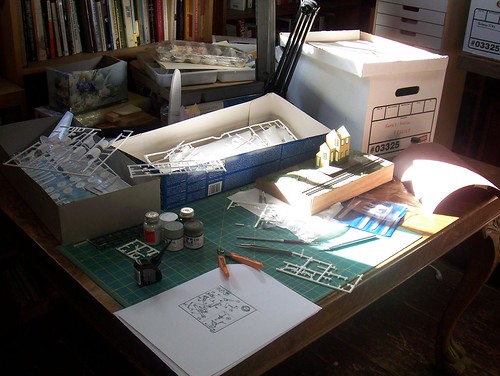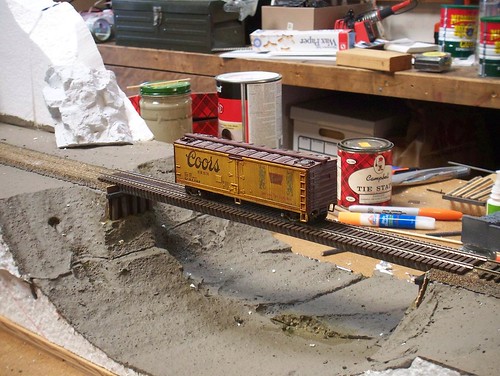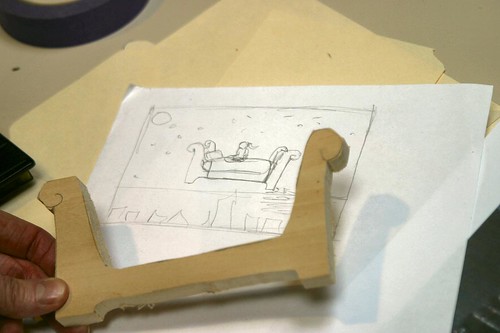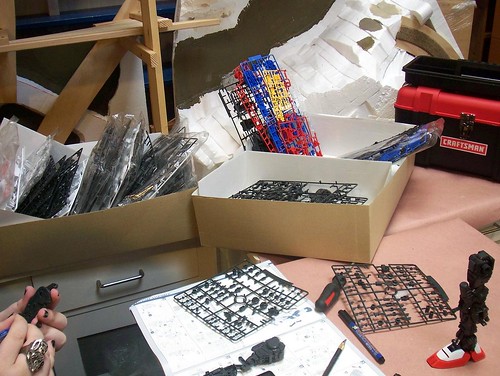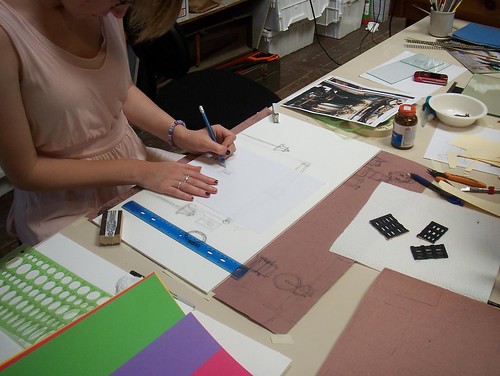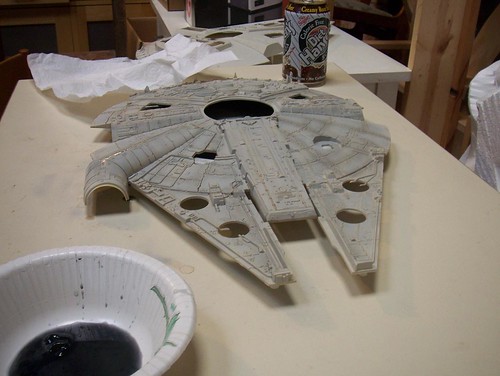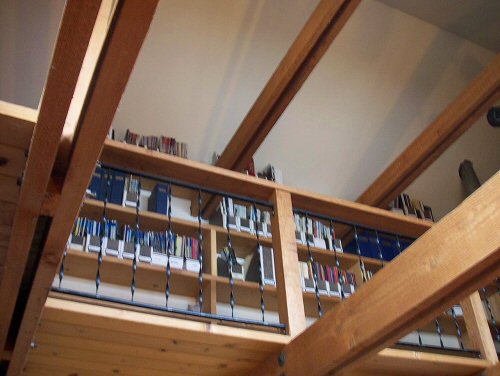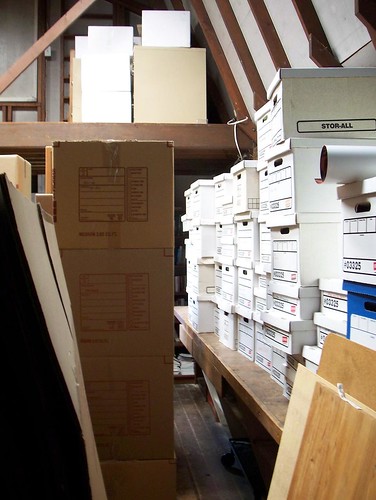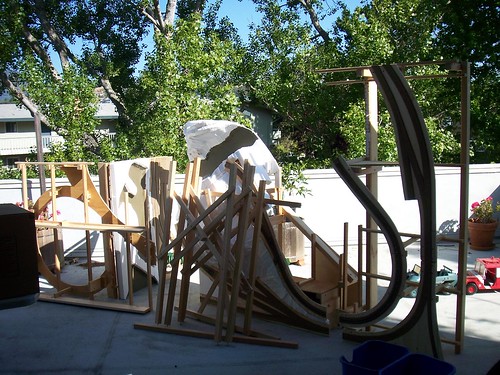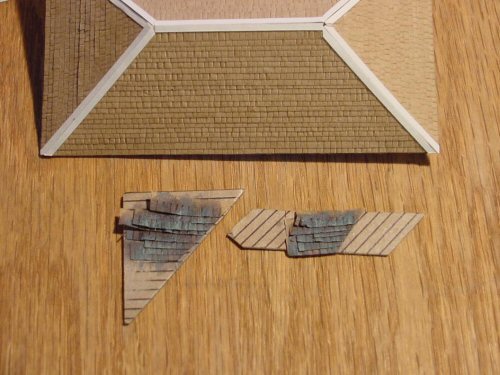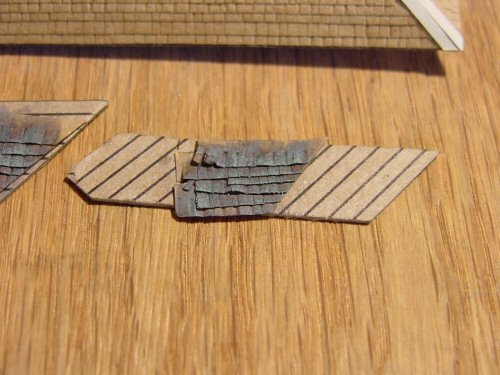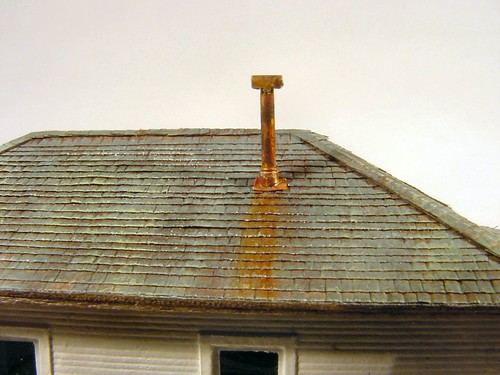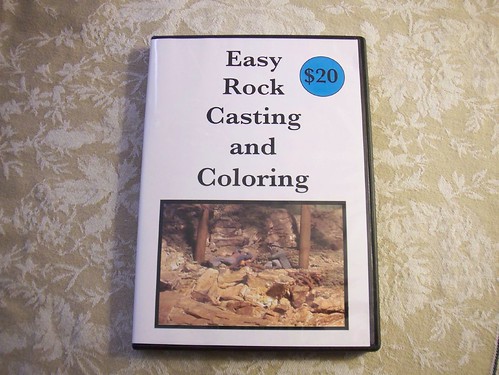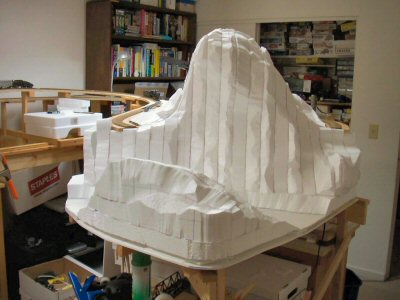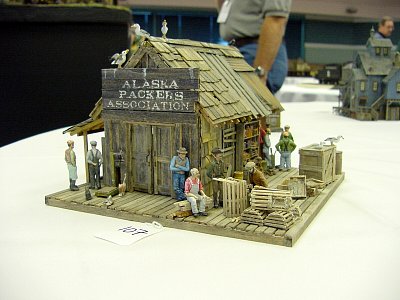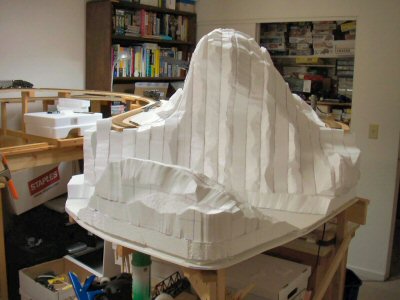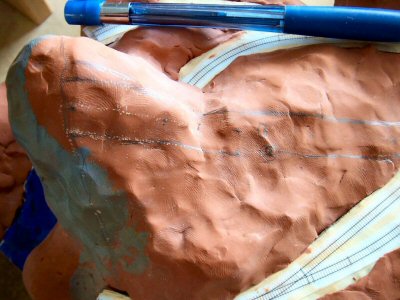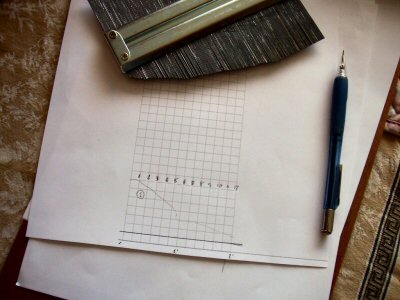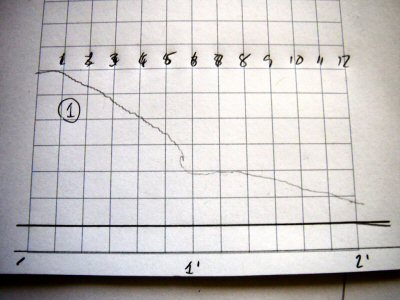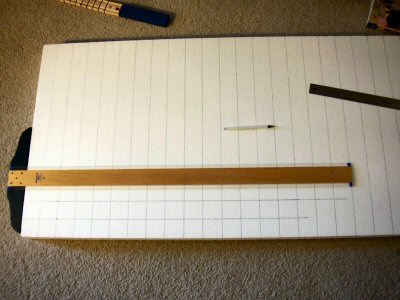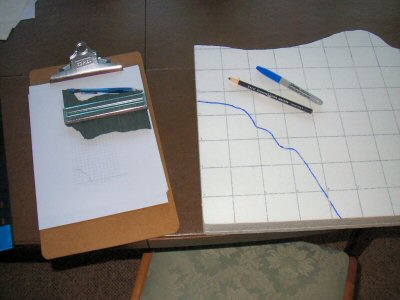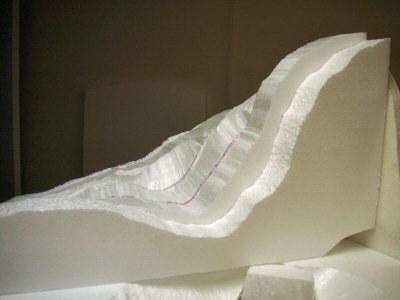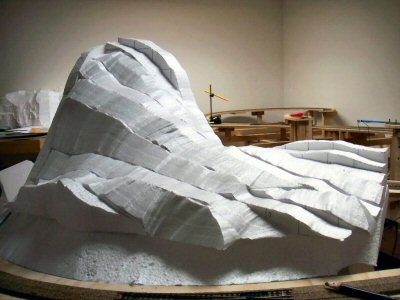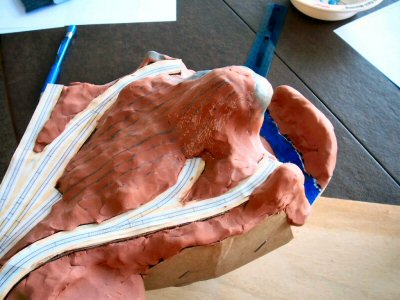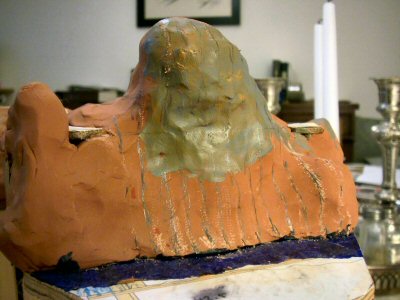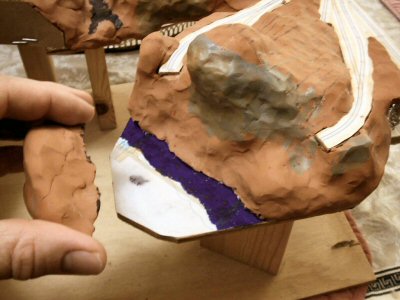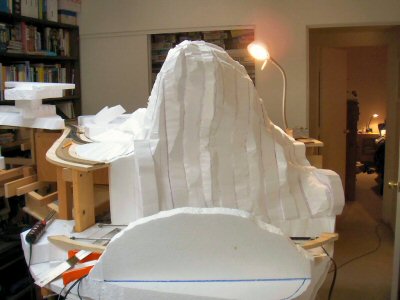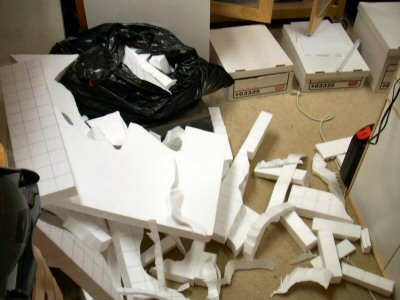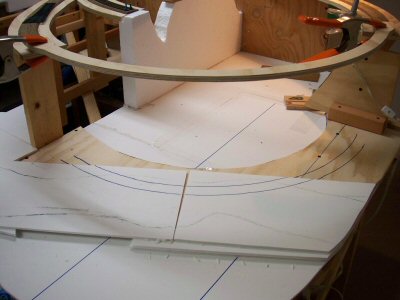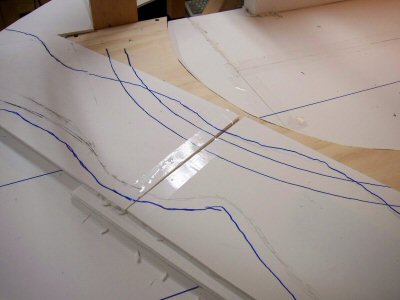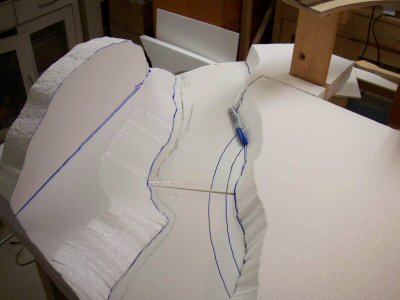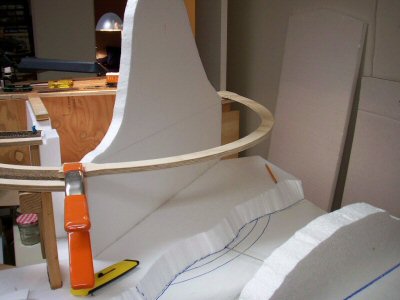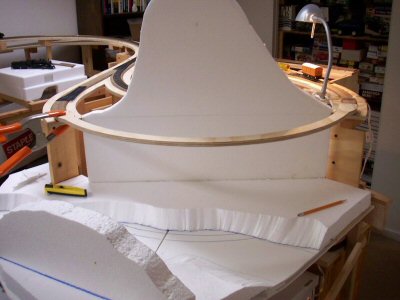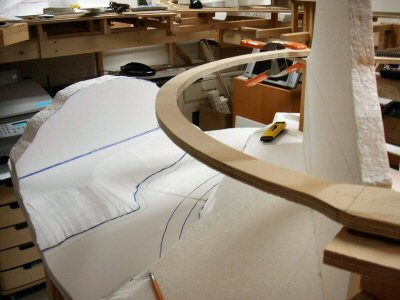Mon 20 Oct 2008
What’s on the workbench?
Posted by Daniel Swearingen under Layout Progress , Model Building , Modeling Ideas , Other Models1 comment / Leave a comment
I haven’t written much lately but I’ve been building a LOT. As I mentioned in July, We moved to a new house with a workshop . The plan was to use the shop space for the layout (of course) and a workshop space for model building.
So much for plans. We’ve started teaching “build stuff” workshops on weekends for
teenagers/young adults. We started with a three month class meeting for four hours on Saturdays. That filled so we added a Sunday section. The projects are really great and since part of what the kids are doing will be blogging about their work I’ll just show a sample of what they are doing and I’ll provide a link to their blogs once they are up.
Ian is building an Airbus 380 in 1/144 scale.
Nick is building a micro layout in HO with a bridge and tunnel – the only model railroad project!
Sarah is building a fantasy diorama of a bed flying over a city at night.
Peter is building a super complex Gundam kit with a bagillion pieces.
Phoebe is making a ¾” scale room box of a Vamire’s Steampunk style home.
We’re all taking turns practicing airbrush and other painting techniques on my old model of the Millennium Falcon.
Kris is building a 1/48 scale tank for a diorama.
Not pictured: Reggie’s free-lanced 12” Globe, Devon’s Manga stage model and Steven’s world of eraser people.
It’s a huge amount of work but also tremendous fun.
